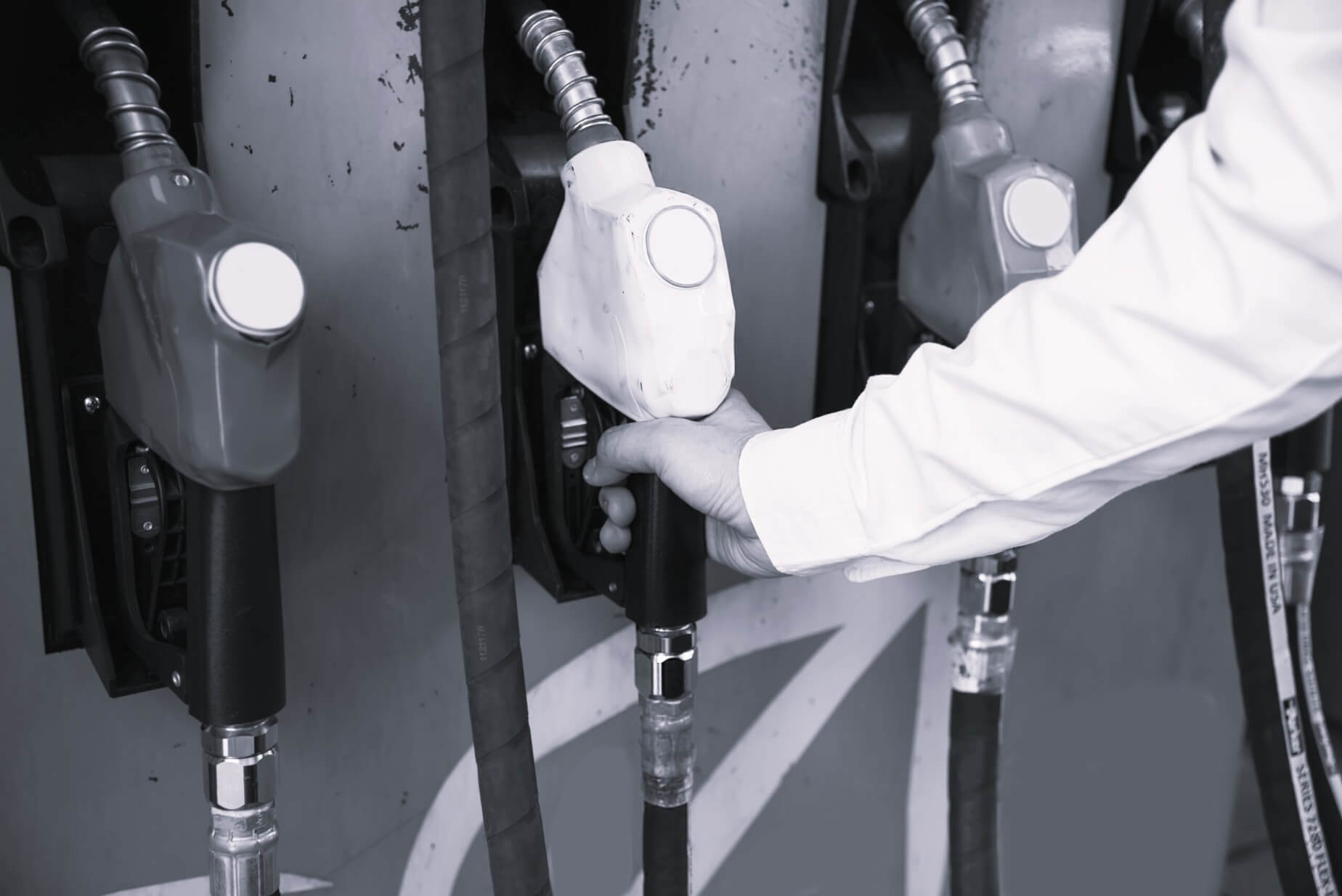Dos And Don’ts to get the most out of diesel fuel tanks and fuel cubes:

If you run a business that requires fuel, you know how important it is to have a reliable and cost-effective fuel storage solution. Fuel tanks and fuel cubes can be a great option for your business, allowing you to save both time and money on your fuel costs. However, to ensure that you get the most out of your fuel storage solutions, it’s essential to follow best practices. In this blog, we’ll go over some dos and don’ts to keep in mind when using fuel tanks and fuel cubes for your fleet or job site.
Fuel Storage & Tank Quality
The quality of your on-site fuel tank or fuel cube is crucial. When choosing a tank, it’s important to opt for a good quality one that is the size you need. On-site tanks come in various capacities, ranging from 1K to 10K. Larger fuel tanks enable your employees to fuel their vehicles and equipment on-site, saving on labor costs and reducing paperwork. By taking advantage of bulk pricing, you can potentially also get a discount.
Fuel cubes are a more compact option compared to traditional fuel tanks. They’re perfect for job sites, as they’re stackable and easy to move due to their built-in forklift pockets.
Set-Up Time For Onsite Fuel Cubes
When it comes to setting up an above-ground tank can take around four hours. Here are the primary steps:
· Install accessories and parts.
· Transport the tank to your site.
· Deliver the tank and containment pan for set-up.
· Pump fuel to the tank for use.
To ensure the smooth installation of your fuel tank, it’s crucial to keep some best practices in mind. Firstly, make sure your provider installs all the necessary accessories, hoses & pumps, and vents before delivering your fuel tank. This frees up some time during installation at your site. Secondly, choose fuel tanks with skid frames and built-in forklift pockets for easier transportation. Finally, select a firm and stable surface for the tank, ensuring that it’s placed on a flat surface that’s far away from any water sources or drains.
Maintenance of Onsite Fuel Tanks
Regular maintenance is essential to keep your fuel tanks working at their best. Here are some tips to keep in mind:
· Upgrade your containers to a unit with 110% containment to save money on the need for containment pans.
· Regularly clean your diesel tanks on a planned schedule to maintain the quality of the tanks and fuel.
· Inspect the tank and its surroundings for any signs of wear and tear, such as rust or corrosion, spills, or leaks.
· Ensure the area around the tank is clear of weeds or vegetation.
· Place the tank in a brightly lit and visible area, and use locks to secure it.
Understanding Fuel Tank Maintenance
Proper fuel tank maintenance is key to getting the most out of your fuel storage solution. Regularly inspecting your fuel tanks for leaks and corrosion, cleaning them, and replacing any damaged or worn components will help ensure that your fuel stays clean and dry and that your tanks last for as long as possible.
It’s also important to keep your fuel tanks at least half full to prevent the buildup of condensation, which can lead to corrosion and other problems. If you don’t use a particular tank frequently, consider adding a fuel stabilizer to help prevent degradation and maintain quality.
Finally, make sure you have a plan in place for disposing of old or contaminated fuel. Proper disposal is environmentally important as well as for safety reasons.
Proper maintenance and use of fuel tanks will help keep your business running smoothly and ensure that you always have the fuel you need when you need it. See our other blog covering the topic in greater depth here.
Proper Security Saves Your Diesel Fuel Supply
Security is a top priority when it comes to fuel storage. Here are some tips to keep your tanks safe:
· Place the tanks in a brightly lit area.
· Ensure that the tanks are visible and not hidden from view.
· Use lockable machinery to secure the tanks and ensure that the locks are strong enough.
· Place the tank as far away from the road as possible to prevent easy access for thieves.
· Utilize Stacking Cubes
If you have limited space, consider using fuel cubes. These are double-walled stationary fuel tanks that are perfect for on-site equipment refueling and fuel supply backup. You can connect them directly to a single diesel-powered machine and dispense fuel using an electric or manual pump. Fuel cubes are a great option for small spaces and can help you save money on fuel costs.
Now, you’re ready to start your onsite fuel supply and fleet refueling!
You’re all caught up on info for your fuel cube, and now it’s time to get on a mobile fueling schedule. That’s where we come in. Fuel Logic delivers regular highway diesel, off-road diesel, and gasoline directly to your fuel storage tanks and pieces of equipment. We handle all kinds of fuel distribution wherever you are across the country and can reliably save you time and money. Just give us a call, fill out our credit form, and we’ll have a truck sent your way. We specialize in bulk fuel delivery to generators, construction equipment, reefer trailers, and bulk tanks. We’ll even take care of you in a natural disaster situation!
Start saving time and effort by filling out our order form now!





